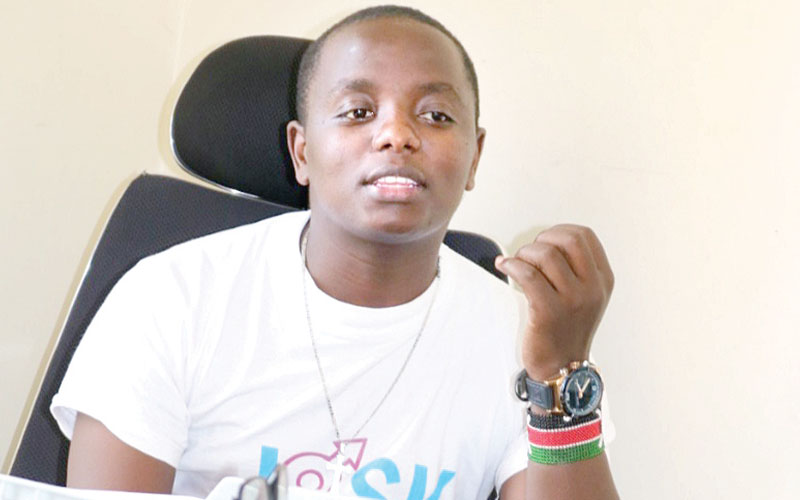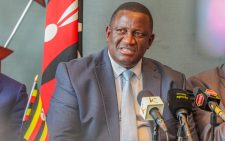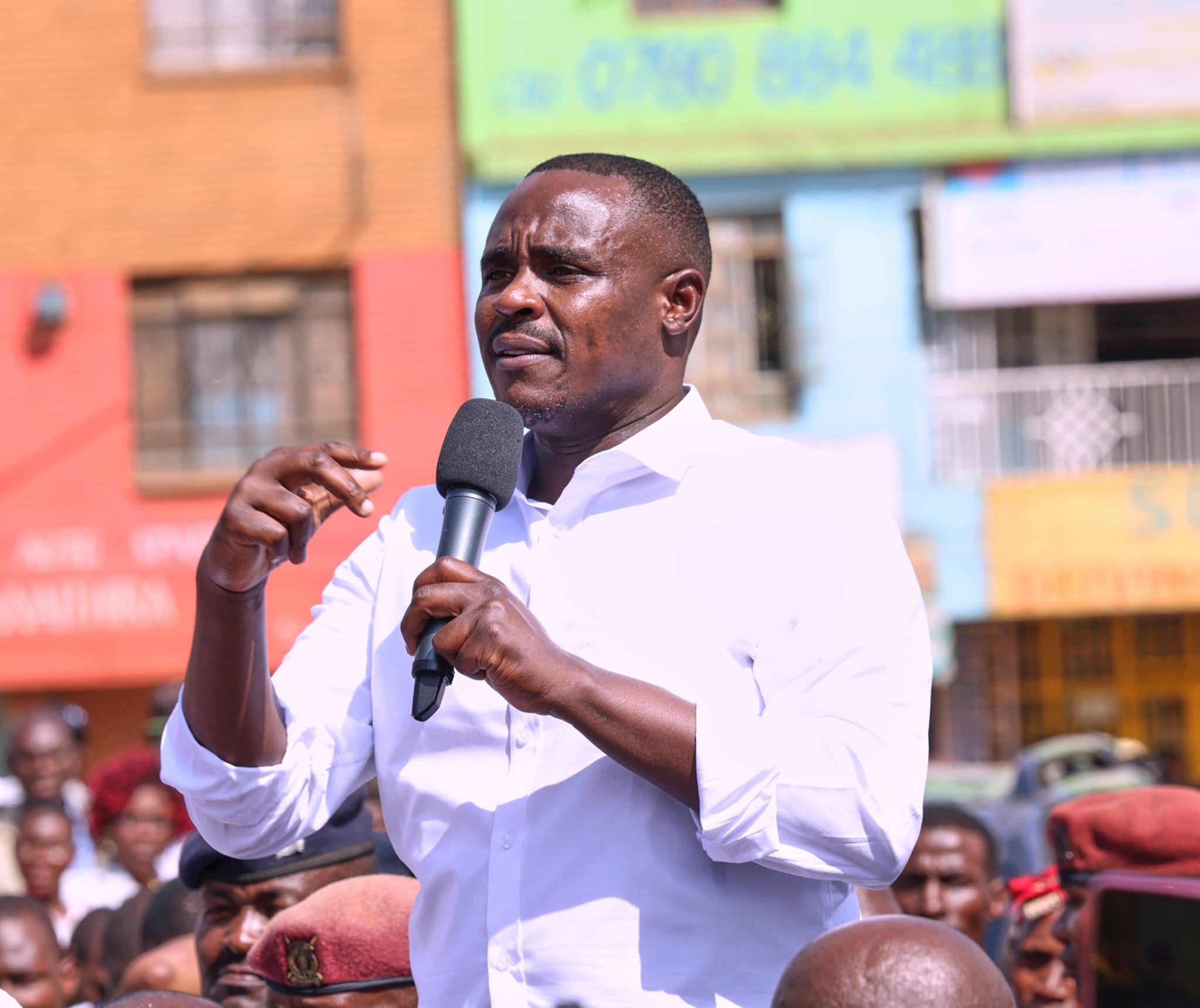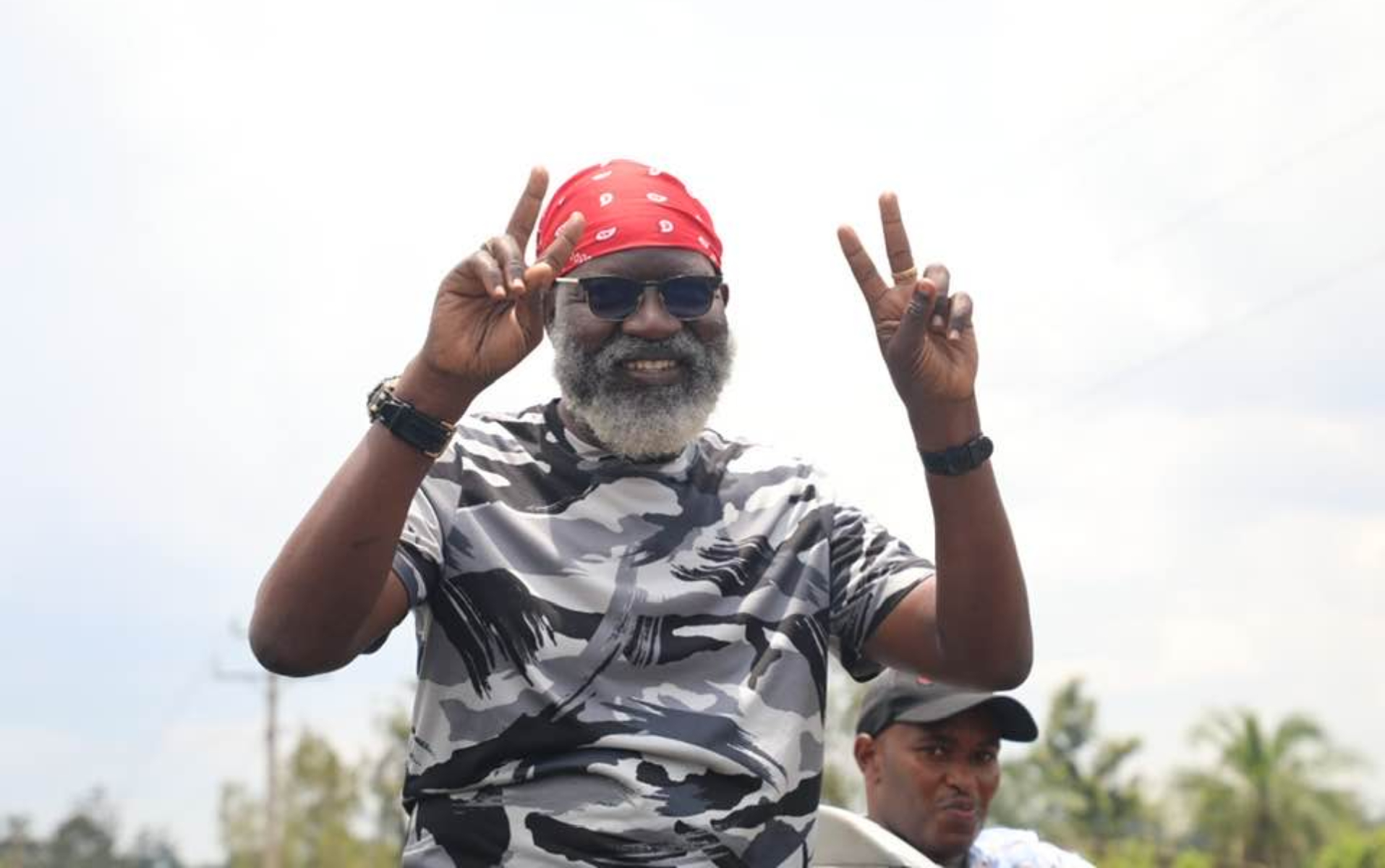Intersex: Progress, but still taboo

The inclusion of the intersex in the 2019 census is a mark of progress from archaic traditions that included infanticide and abandonment…
‘It is a boy! Or ‘It’s a girl!’ Those were common phrases used to identify the gender of a child when they were born. To some, the number of ululations would reveal the gender, with more ululations indicating a boy.
However, all hell broke loose when the baby happened to be different. Most of the time, the midwife would say, ‘Here is your baby’, and this didn’t mean well for the family.
In the traditional African society, the thought of raising an intersex was considered an abomination, it was either associated with bad omen or seen as a curse. When anything negative happened in the community, all heads would turn to that child.
The script was the same for many African communities, with the child considered dead or an outsider. For the Luo, for example, the midwife would use a sweet potato to crush the head of the child, usually fatal, and tell the mother she has had a stillborn.
“They were considered a walking taboo, chira. Those spared would flee their homes because intersex people were killed,” Adhiambo Onyiko says.
Useless beings
For the Luhya, once a midwife discovered that the child’s gender was ambiguous, she would also kill the baby or hide it.
In the Pokot community, intersexuality was common knowledge because it also happened in animals. Such animals were a source of wonder and curiosity, but considered economically useless as they provided little or no milk and could not reproduce. When it came to humans, however, children were considered a freak or an unfortunate occurrence, forcing people to kill them or abandon them in the bush because they were ‘useless’ and not ‘real people’. However, when such a child escapes death, Pokots believe they are protected by an omniscient force known as torurut, and any one who harms the child risks censure.
For the Kikuyu, intersexuality was a hush-hush affair; not so many people talked about it, and if it happened, there was conscious effort to hide it. “It was considered a family affair, with many households holding on to the secret until it could not be hidden anymore,” says Patrick Wachira, People Daily’s special projects editor.
Kiarie Rugami, an elder, says in some cases, the family consulted a seer to get to the root cause of the matter, as it was perceived that the gods were angry and siring such a child was a punishment.
Strapped to baobabs
Among the Mijikenda, intersex children were not allowed to see the light of day upon birth. “An intersex child, or any child with any abnormalities including albinos would be considered an abomination and would cause drought and other terrible things,” says Kaya elder, Vincent Mwachiro.
Once the child was born and identified as intersex, the midwife informed the elders, who performed an animal sacrificial ritual at the kaya or shrine, before taking the child away. The child would then be abandoned under a specific baobab tree, referred to as mti wa baridi (the cold tree, the term they used for the baobab) and the following morning, the child would be gone never to be heard of again. The baobab was also believed to be place of evil spirits, so the child would be assumed to have joined the spirit world.
Intersex Persons Society of Kenya (ISPK) Director James Karanja says cases of intersex children being murdered have greatly reduced since the state intervened, but there are still a few times they have had to intervene. “Intersex children face various challenges from birth because they are considered a curse or bad omen. Therefore, killing at birth or getting starved to death, sacrificed during raids to appease the gods, or death due to hormonal deficiency happened to be the only way out. In respect to death, many of these are not recorded, especially with home births. In hospitals, death would be recorded as malaria or pneumonia,” he explains.
The inability of the community to provide adequate space for such children within the social, political and cultural systems and education as well as involvement in cultural rites such as circumcision and marriages proved difficult, hence the easiest ‘solution’ at the time was to kill them.
“When it came to a determining the terms of treatment, usually, the ‘best interest’ of the intersex child was determined by parents and doctors who usually had limited medical information leading to experimental surgeries, which invaded privacy and dignity of the child,” Karanja adds.
‘Best interest’
This ruled out initial treatment of the child, which was silence and secrecy, something they hope changes with the recognition of the intersex community.
Karanja says the intersex community is happy with the progress made so far. “Having census data read at the state house is of great significance. All counties have intersex people without exception. This means we can get more people to come out and positively identify in the future,” he explains.












